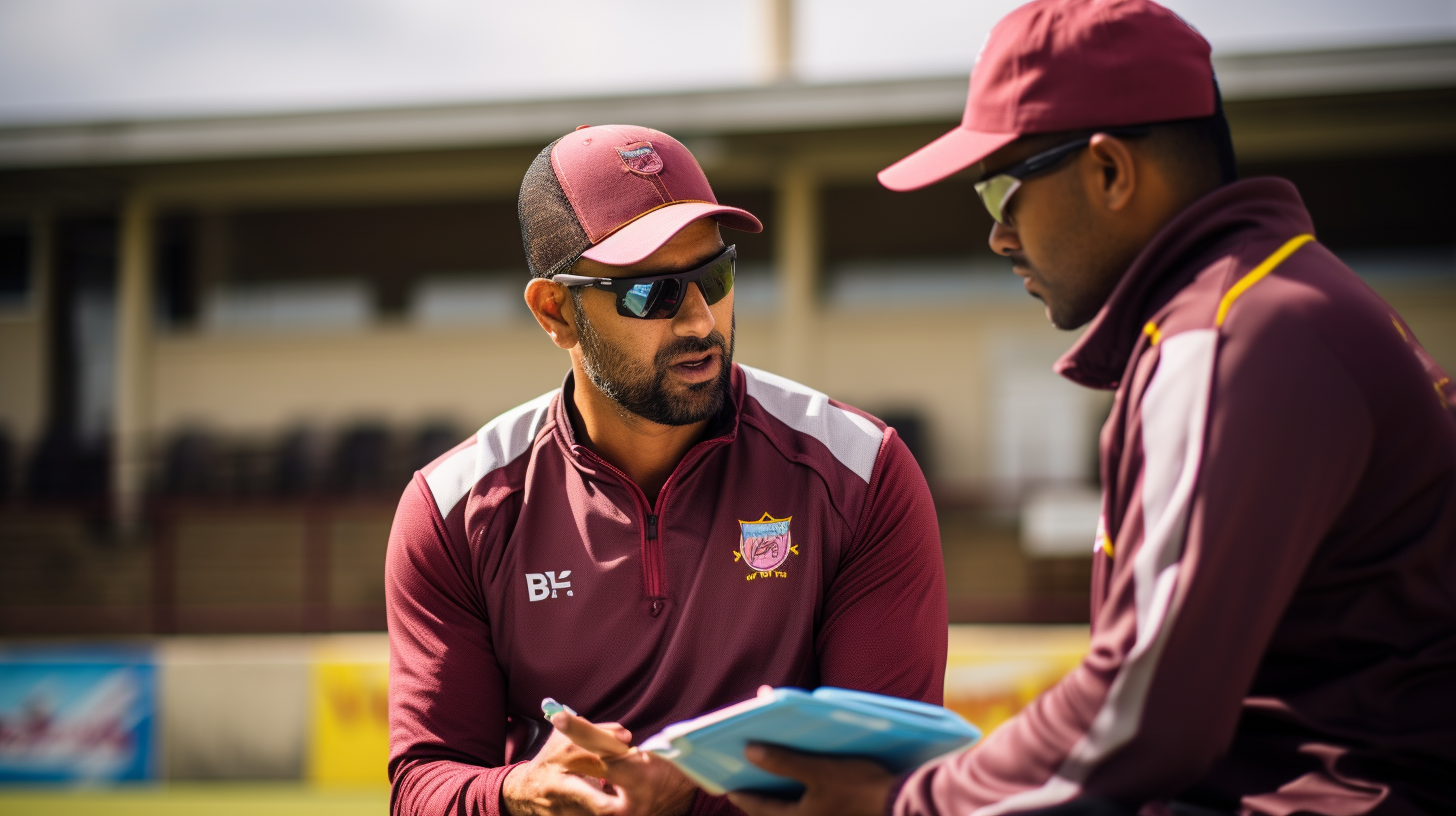The future of England's promising young spinners hangs in the balance as they return home from their winter engagements. Tom Hartley, who gained invaluable experience opening the Test bowling under pressure, will focus on white-ball T20 and Hundred assignments. The talented spinner may even receive more opportunities in county championship matches under the guidance of Lancashire's forward-thinking coach, Dale Benkenstein.
Rehan Ahmed, an all-rounder, is guaranteed a spot in Leicestershire's championship side following Callum Parkinson's departure to Durham. However, the prospects for Shoaib Bashir at Somerset seem limited, as he is likely to feature only when Jack Leach is unavailable due to international commitments.
According to Scyld Berry, cricket columnist for The Telegraph, there should be a provision for 'A' Tests during the summer to allow these spinners to gain further experience. While the England and Wales Cricket Board (ECB) has been proactive in organising overseas 'A' Tests for their Lions team in recent winters, they have struggled to find room in the domestic calendar, and the counties have been reluctant to accommodate such fixtures.

Berry emphasises that young spinners deserve all the support they can get. Although they displayed some inconsistencies during the morning session on the third day of the match, they rallied to claim the last eight wickets of the Indian innings after a strong start by James Anderson and a century by Shubman Gill. Hartley seemed emotionally drained after his impressive performance in Hyderabad, where he took ten wickets, and Bashir appeared fatigued after bowling a career-high 38 overs in India's first innings. However, their resilience and determination shine through, despite their limited experience.
It is worth considering the challenges faced by these young players. While the fans sympathise with young batsmen thrust into the intensity of Test cricket or West Indian players with limited first-class experience, it is essential to provide England's young spinners with a proper apprenticeship. They have much to learn about the intricacies of the game, including bowling from different angles, adapting to different opponents, and mastering the art of pace judgement on various pitches. Additionally, they must develop the physical stamina and finger strength required for long spells of bowling, refine their actions and release points, and hone their repertoire of deliveries. While a training camp in Abu Dhabi is beneficial, it is not enough.
Looking back, Berry marks the opportunities afforded to young spinners in the past. Until 1958, nearly half of the counties fielded a second XI team in the Minor Counties championship. The introduction of the Second XI championship in 1959 allowed wealthier counties, such as Northamptonshire, to field teams in both competitions. This provided valuable exposure for young spinners. For instance, Brian Wells, an apprentice off-spinner for Gloucestershire, bowled an impressive 456 overs in the Second XI championship in 1959, taking 87 wickets. Norman Gifford, who would go on to become an England left-arm spinner, honed his skills by bowling 369.4 overs for Worcestershire Seconds, claiming 43 wickets. Jack Birkenshaw, the future England off-spinner, enjoyed success in the Minor Counties championship of 1960, taking 26 wickets at an average of 13.
While the congested county championship schedule in April and September poses a challenge, it is not impossible to create opportunities for spinners. Groundsmen could take inspiration from their counterparts in Hyderabad, who prepared pitches conducive to spin bowling by roughing up both ends. It is logical to assist spinners if pitches are rolled to provide bounce and carry for pace bowlers. However, the ECB has penalised Northamptonshire and Somerset for attempting such pitch preparations, dismissing them as cosmetic fads.

It is crucial to strike a balance between pace and spin in championship cricket. Pitches should not be pristine, uniform green carpets. Instead, the use of worn pitches should be encouraged, even at the start of the season after staging practice games. This approach would enhance the sport.
Berry points out that acquiring expertise extends beyond the young spinners alone. England's slip fielding during this Test was often comical, with Joe Root's positioning and Zak Crawley's missed straightforward chance being notable examples. While Ben Foakes displayed world-class skills behind the stumps, young keepers also require proper training. If England's three rookie spinners are given the opportunities they deserve, championship cricket will flourish as a richer, faster-paced, and more captivating sport.

